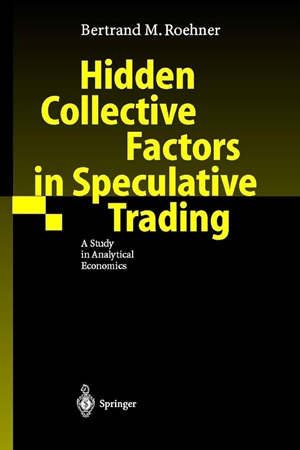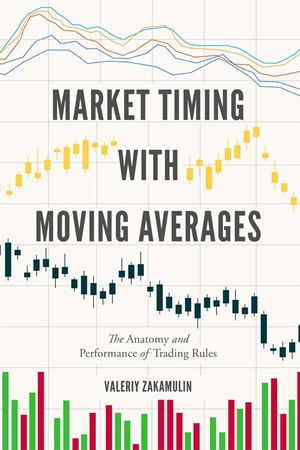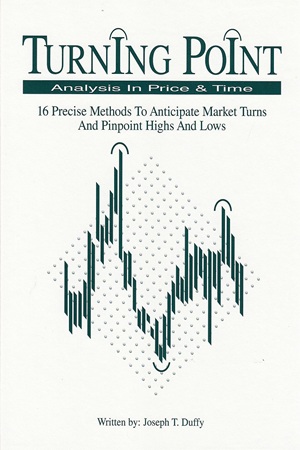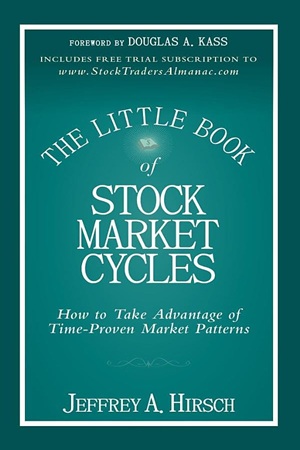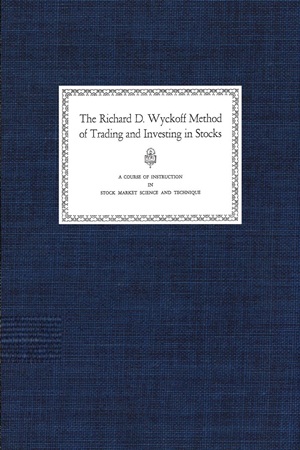Market Timing and Moving Averages: An Empirical Analysis of Performance in Asset Allocation
35.47 $
- Author: Paskalis Glabadanidis
- Skill Level: Intermediate to Advanced
- Format: PDF
- Pages: 192
- Delivery: Instant Download
Market Timing and Moving Averages by Paskalis Glabadanidis is a research-driven exploration of how moving average strategies can be systematically applied to improve investment performance. Unlike traditional “buy and hold” methods, this book examines whether timing the market through trend-following rules can provide superior risk-adjusted returns.
Glabadanidis blends academic rigor with practical insights, offering a comprehensive study of asset allocation, timing models, and technical trading systems. The book dives into moving averages as predictive tools, evaluating their effectiveness across different market environments and asset classes. With detailed empirical evidence, it addresses the critical question: Can simple rules like moving averages outperform passive investing in the long run?
Readers will find step-by-step explanations of moving average methodologies, including single, double, and variable length strategies, along with their impact on volatility, drawdowns, and long-term wealth accumulation. The author also compares these strategies to benchmarks such as buy-and-hold, value investing, and risk-based allocation, providing a balanced perspective on their strengths and limitations.
More than just theory, the book emphasizes real-world performance evaluation with extensive data, statistical testing, and scenario analysis. It equips investors and traders with a framework to make informed decisions on when to be in or out of the market—helping them manage risk while capturing potential upside.
This book is a valuable resource for anyone interested in bridging the gap between quantitative research and practical investment application, making it a must-read for both academic and practitioner audiences.
✅ What You’ll Learn:
- The principles of market timing and its historical context.
- How moving averages can signal entries and exits in financial markets.
- Comparison of single vs. double moving average rules.
- The impact of timing strategies on risk-adjusted returns.
- Empirical evidence on the effectiveness of moving averages in asset allocation.
- How timing compares with buy-and-hold and other investment strategies.
- Techniques to reduce portfolio volatility and drawdowns.
- Practical methods for applying moving averages to stocks, bonds, and diversified portfolios.
💡 Key Benefits:
- Understand whether market timing can truly beat passive investing.
- Gain access to data-driven analysis that separates fact from myth.
- Learn to apply moving averages in a systematic, rules-based way.
- Improve risk management and capital preservation in your portfolio.
- Valuable for both active traders and long-term investors.
👤 Who This Book Is For:
- Intermediate to Advanced investors who want to refine their strategy with evidence-based methods.
- Traders, portfolio managers, and finance students seeking to understand the role of moving averages in timing and allocation.
- Investors looking to balance returns with risk control using systematic approaches.
📚 Table of Contents:
- 1. Introduction
- 2. Market Efficiency and Investment Styles
- 3. Risk Aversion and Portfolio Choice
- 4. Long-Term Equilibrium Returns
- 5. Tactical Asset Allocation
- 6. Market Timing and the Evaluation of Performance
- 7. Market Timing and Moving Averages
- 8. Empirical Results for Market Timing and Moving Averages
- 9. Conclusion
| Author(s) | Paskalis Glabadanidis |
|---|---|
| Pages | 192 |
| Format | |
| Published Date | 2015 |

